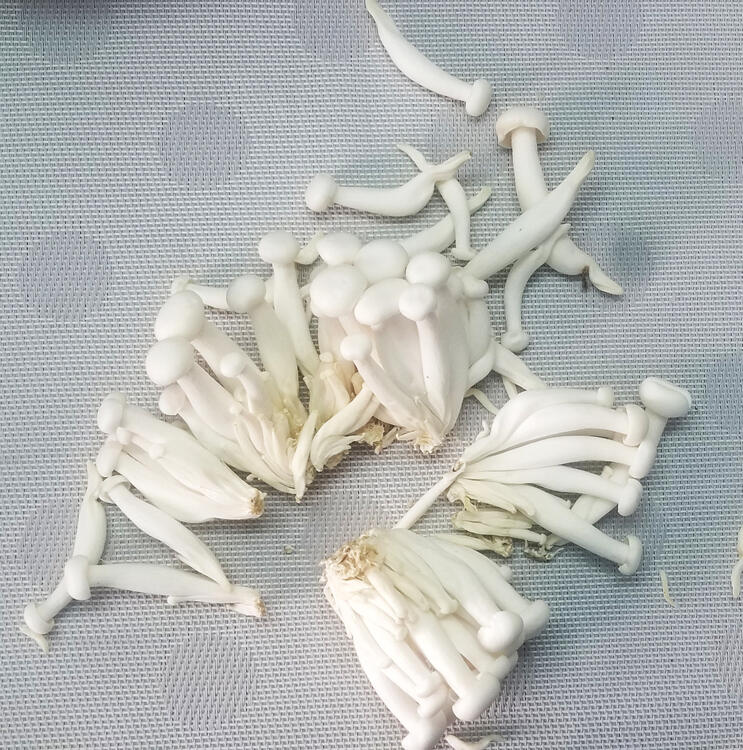An eG member recently asked me by private message about mushrooms in China, so I thought I'd share some information here.
This is what is available in the markets and supermarkets in the winter months - i.e. now. I'll update as the year goes by.
FRESH FUNGI
December sees the arrival of what most westerners deem to be the standard mushroom – the button mushroom (小蘑菇 xiǎo mó gū), Agaricus bisporus. Unlike in the west where they are available year round, here they only appear when in season, which is now. The season is relatively short, so I get stuck in.
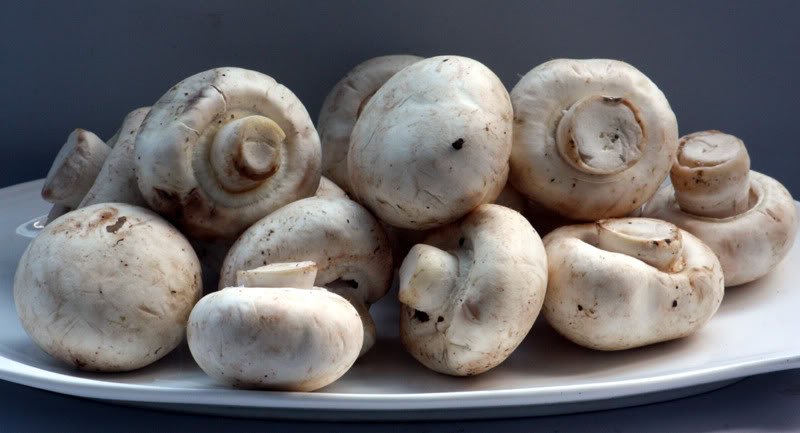
The standard mushroom for the locals is the one known in the west by its Japanese name, shiitake, Lentinula edodes. They are available year round in the dried form, but for much of the year as fresh mushrooms. Known in Chinese as 香菇 (xiāng gū), which literally means “tasty mushroom”, these meaty babies are used in many dishes ranging from stir fries to hot pots.
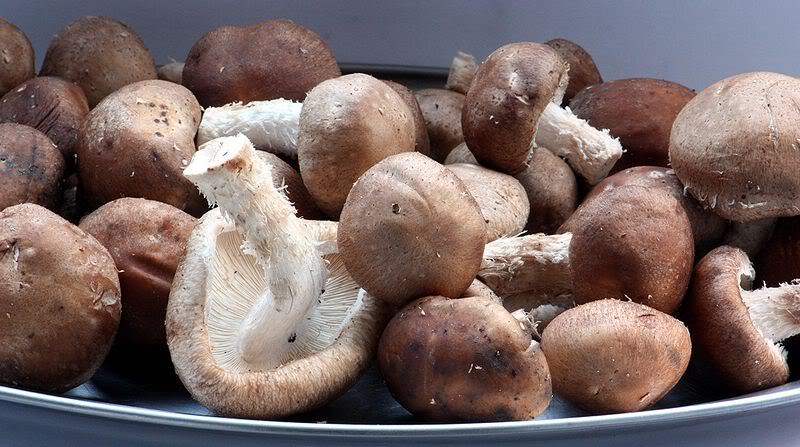
Second most common are the many varieties of oyster mushroom. The name comes from the majority of the species’ supposed resemblance to oysters, but as we are about to see the resemblance ain’t necessarily so.
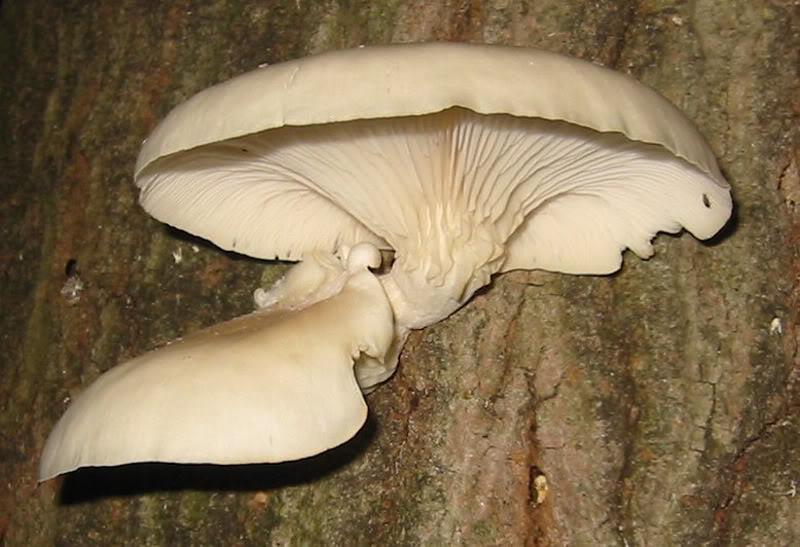
The picture above is of the common oyster mushroom, Pleurotus ostreatus, but the local shops aren’t common, so they have a couple of other similar but different varieties.
Pleurotus geesteranus, 秀珍菇 (xiù zhēn gū) (below) are a particularly delicate version of the oyster mushroom family and usually used in soups and hot pots.
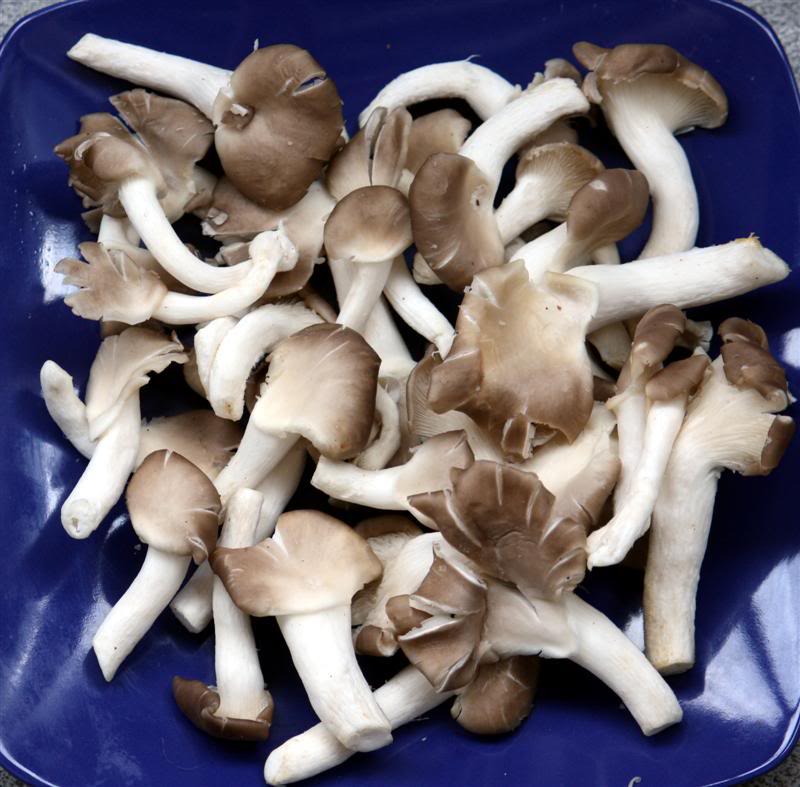
凤尾菇 (fèng wěi gū), literally “Phoenix tail mushroom”, Pleurotus pulmonarius, is a more robust, meaty variety which is more suitable for stir frying.
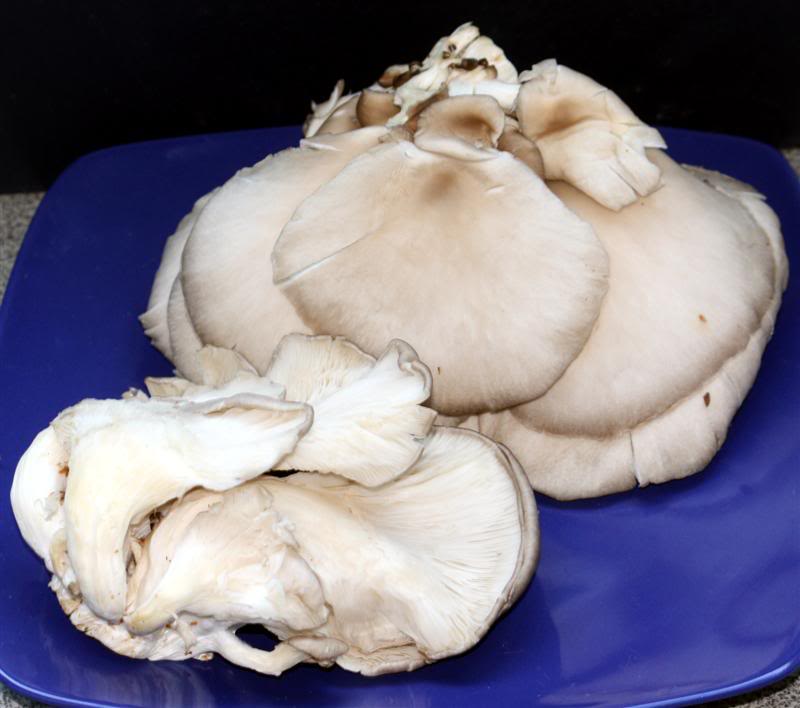
Another member of the pleurotus family bears little resemblance to its cousins and even less to an oyster. This is pleurotus eryngii, known variously as king oyster mushroom, king trumpet mushroom or French horn mushroom or, in Chinese 杏鲍菇 (xìng bào gū). It is considerably larger and has little flavour or aroma when raw. When cooked, it develops typical mushroom flavours. This is one for longer cooking in hot pots or stews.
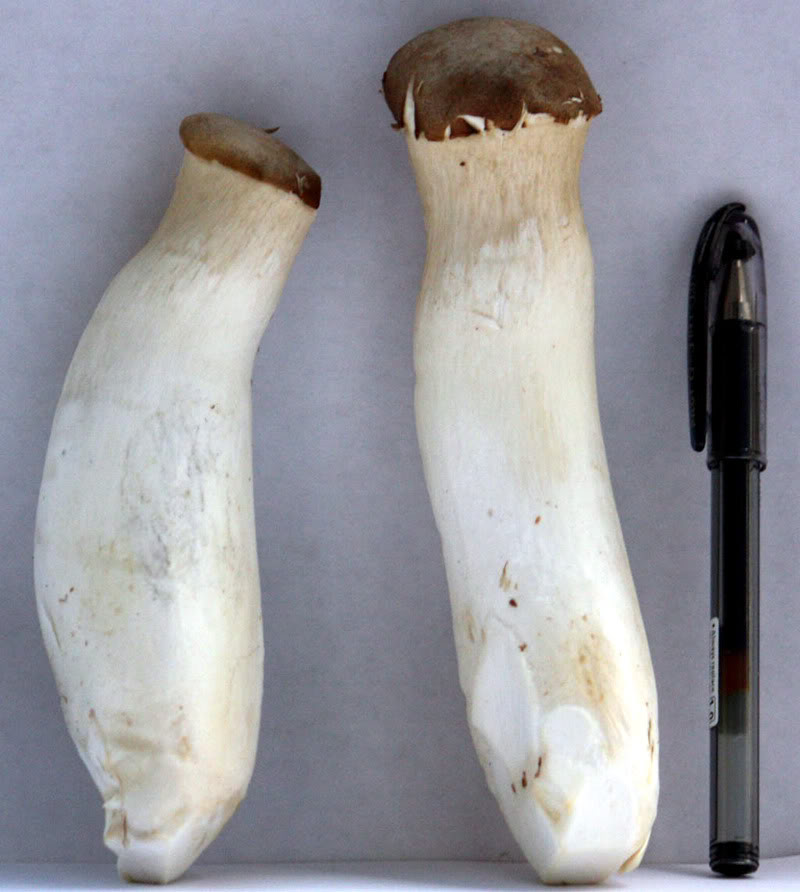
One of my favourites, certainly for appearance are the clusters of shimeji mushrooms, Hypsizygus tessellatus. Sometimes known in English as “brown beech mushrooms’ and in Chinese as 真姬菇 zhēn jī gū or 玉皇菇 yù huáng gū, these mushrooms should not be eaten raw as they have an unpleasantly bitter taste. This, however, largely disappears when they are cooked. They are used in stir fries and with seafood. Also, they can be used in soups and stews. When cooked alone, shimeji mushrooms can be sautéed whole, including the stem or stalk. There is also a white variety which is sometimes called 白玉 菇 bái yù gū.
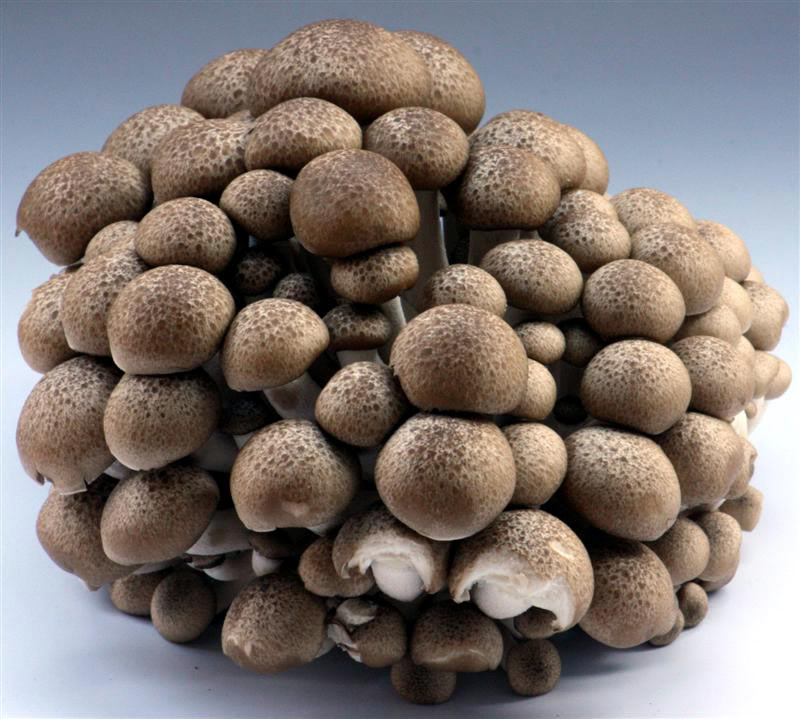
Next up we have the needle mushrooms, . Known in Japanese as enoki, Flammulina velutipes are tiny headed, long stemmed mushrooms which come in two varieties – gold (金针菇 jīn zhēn gū) and silver (银针菇 yín zhēn gū)). They are very delicate, both in appearance and taste, and are usually added to hot pots.
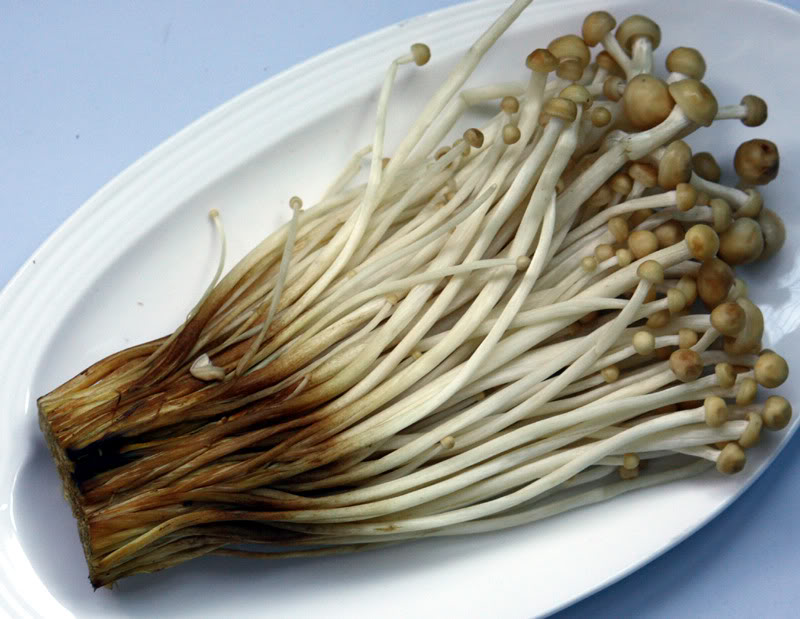
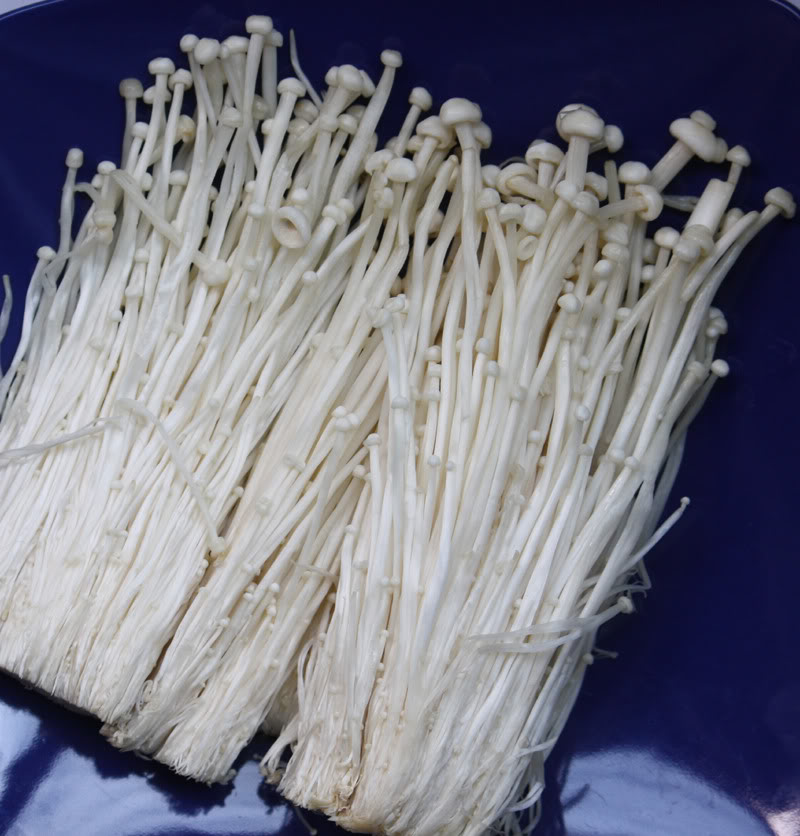
Then we have these fellows – tea tree mushrooms (茶树菇 chá shù gū), Agrocybe aegerita. These I like. They take a bit of cooking as the stems are quite tough, so they are mainly used in stews and soups. But their meaty texture and distinct taste is excellent. These are also available dried.
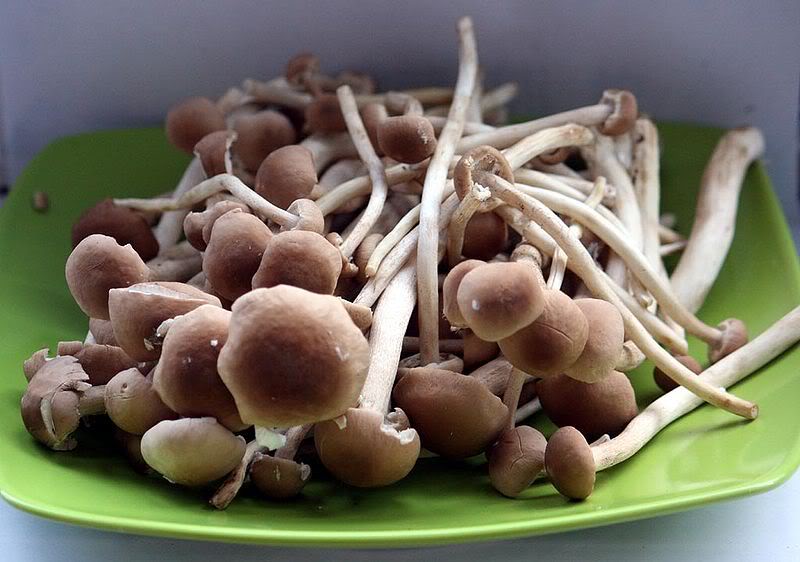
Then there are the delightfully named 鸡腿菇 jī tuǐ gū or “chicken leg mushrooms”. These are known in English as "shaggy ink caps", Coprinus comatus. Only the very young, still white mushrooms are eaten, as mature specimens have a tendency to auto-deliquesce very rapidly, turning to black ‘ink’, hence the English name.
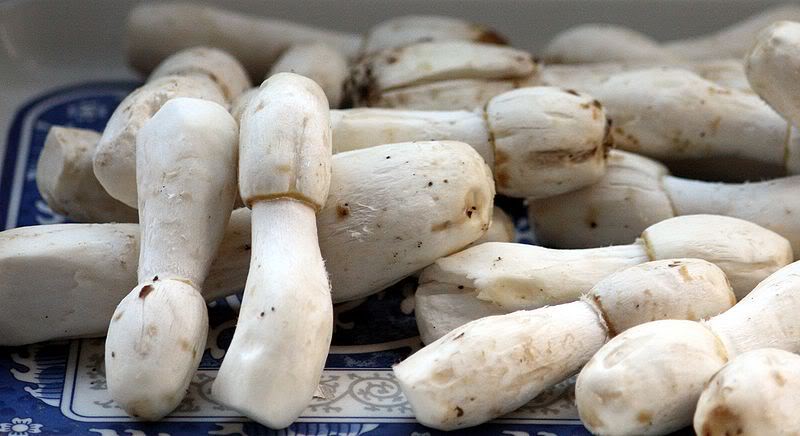
Not in season now, but while I’m here, let me mention a couple of other mushrooms often found in the supermarkets. First, straw mushrooms (草菇 cǎo gū), Volvariella volvacea. Usually only found canned in western countries, they are available here fresh in the summer months. These are another favourite – usually braised with soy sauce – delicious! When out of season, they are also available canned here.
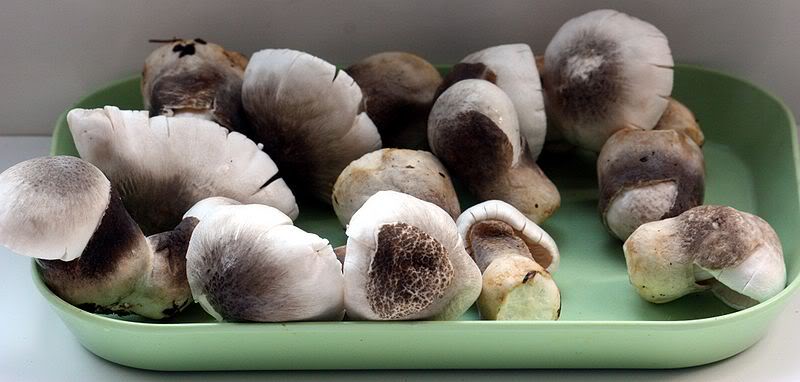
Then there are the curiously named Pig Stomach Mushrooms (猪肚菇 zhū dù gū, Infundibulicybe gibba. These are another favourite. They make a lovely mushroom omelette. Also, a summer find.
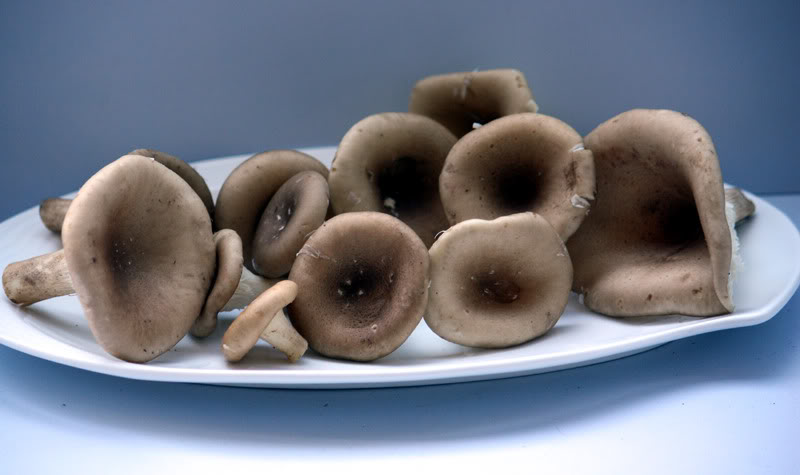
And finally, not a mushroom, but certainly a fungus and available fresh is the wood ear (木耳 mù ěr), Auricularia heimuer. It tastes of almost nothing, but is prized in Chinese cuisine for its crunchy texture. More usually sold dried, it is available fresh in the supermarkets now.
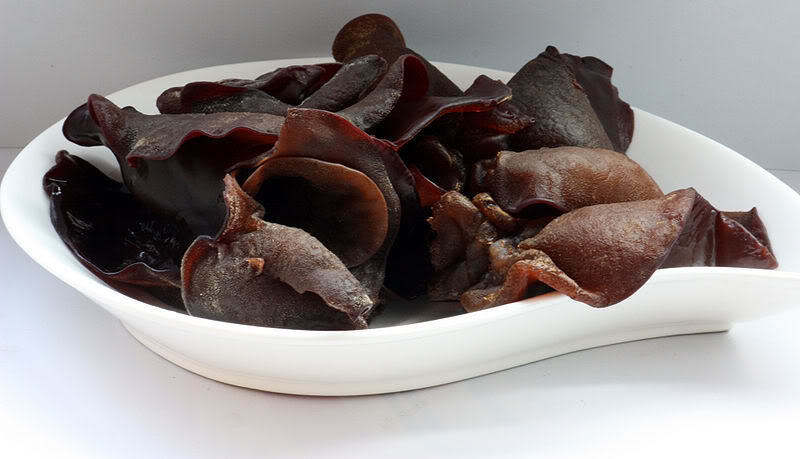
Please note that where I have given Chinese names, these are the names most commonly used around this part of China, but many variations do exist.
Coming up next - the dried varieties available.


